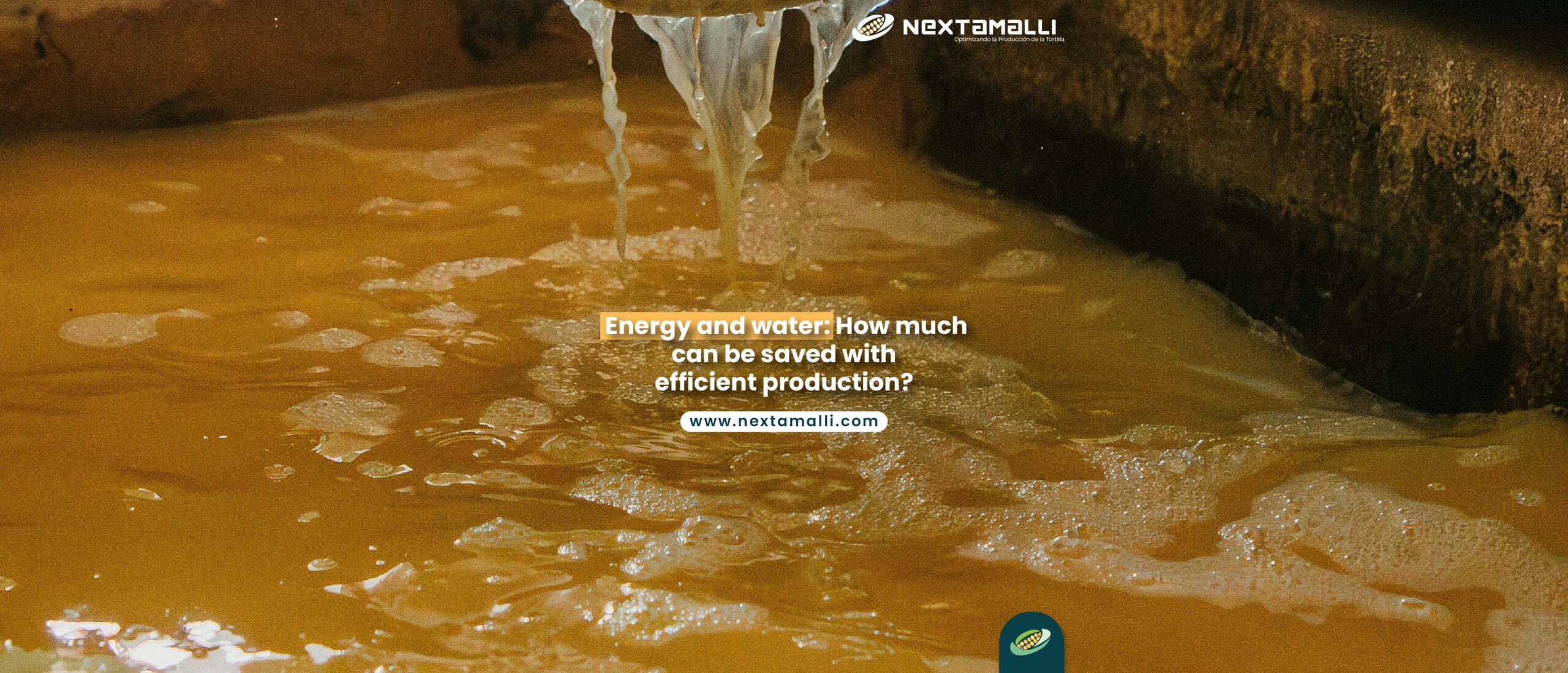Corn is one of the most important crops globally, with a production exceeding 1.2 billion tons per year. Its versatility has made it a staple ingredient in many cultures, but its use varies significantly from one country to another.
🌍🔥 In Mexico, corn is the foundation of its gastronomy and holds deep cultural significance. In other parts of the world, however, corn is primarily used for industrial food production, biofuels, or even desserts.
At Nextamalli, we explore how corn is consumed worldwide and what makes it so different from how it is used in Mexico.
🇲🇽 Mexico: Corn as a Symbol of Identity and Culture
Mexico is the birthplace of and its significance goes far beyond food. Since pre-Hispanic times, corn has been the central element of the diet and a sacred symbol in the worldview of many indigenous cultures.
Nixtamalization and tradition 🌾: Unlike other countries, in Mexico, is nixtamalized, a process that enhances its nutritional value and gives rise to products like tortillas, tamales, tlacoyos, and atoles.
Diversity of varieties 🌽: Mexico has over 60 native varieties, ranging in color from white and yellow to blue and purple.
Daily consumption 🍽️: In Mexican cuisine, the tortilla is a staple food that accompanies almost every meal.
💡 Key difference: In Mexico, corn is not just food—it is a national identity symbol and a cultural heritage.
🇺🇸 United States: Corn as the Base of the Food and Energy Industry
The United States is the largest producer in the world, but its use is vastly different from that in Mexico.
Mass production 🚜: Most U.S. corn is genetically modified (GMO) and grown in vast agricultural fields.
Biofuel production ⛽: Over 40% of U.S. is used for ethanol, a renewable fuel.
Food industry 🏭:Corn is used to make high-fructose corn syrup, cereals, snacks, and processed flours.
💡 Key difference: In the U.S., corn is used more as an industrial and energy resource than as a traditional food.
🇮🇹 Italy: Polenta as Corn’s Culinary Legacy
Corn arrived in Italy in the 16th century and became the foundation of a popular dish: polenta.
Texture and preparation 🍛: Unlike Mexican tortillas, polenta is a thickcorn porridge that can be served creamy or in slices.
Predominantly yellow corn 🌽: Unlike Mexico, where varieties are diverse, Italy primarily uses yellow corn.
Accompaniments 🧀: It is typically served with cheese, meat, or sauces, making it a versatile dish.
💡 Key difference: While in Mexico is a daily essential, in Italy, it is an occasional dish that is part of more elaborate meals.
🇨🇴 Colombia & 🇻🇪 Venezuela: The Arepa, Tortilla’s Cousin
In Colombia and Venezuela, is used to make arepas, a staple food similar in importance to tortillas in Mexico.
Different preparation method 🥙: Unlike tortillas, arepas are made with pre-cooked cornmeal and can be thick or thin.
Variety of fillings 🧀: Arepas can be filled with cheese, meat, chicken, avocado, or even seafood.
Daily consumption 🍽️: Just like tortillas in Mexico, arepas accompany main meals.
💡 Key difference: While both arepas and tortillas come from arepas are thicker and denser, whereas tortillas are thinner and more flexible.
🌎 Other Ways Corn Is Used Around the World
Africa: In countries like South Africa, Kenya, and Zimbabwe, is the base of dishes like pap and ugali, a thick corn porridge.
Asia: In China and Japan, is mainly consumed in snacks and sweet beverages.
Brazil:is used to make pamonha, a type of sweet or savory tamale wrapped in husks.
💡 Key difference: In many parts of the world, is consumed in the form of flours, porridges, or desserts, whereas in Mexico, it serves as the foundation for a wide variety of savory dishes.
📢 Corn Is a Universal Food with a Unique Touch in Every Country
🌽🔥 From Mexican tortillas to Italian polenta, is a versatile ingredient that has conquered the world. Its use changes based on culture, but it remains a fundamental food for humanity.
💚 At Nextamalli, we value the richness of and promote sustainable production so it remains a part of our global diet.





